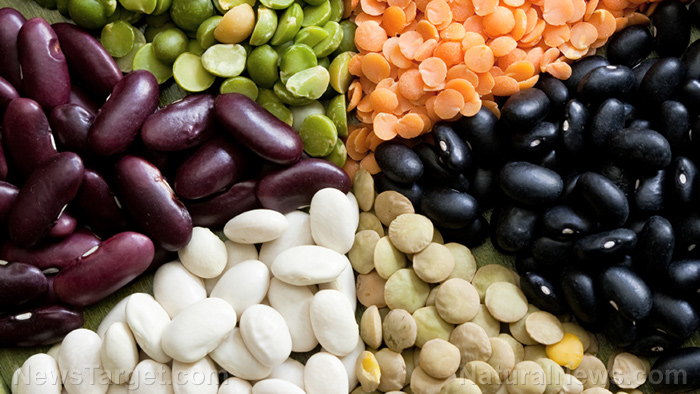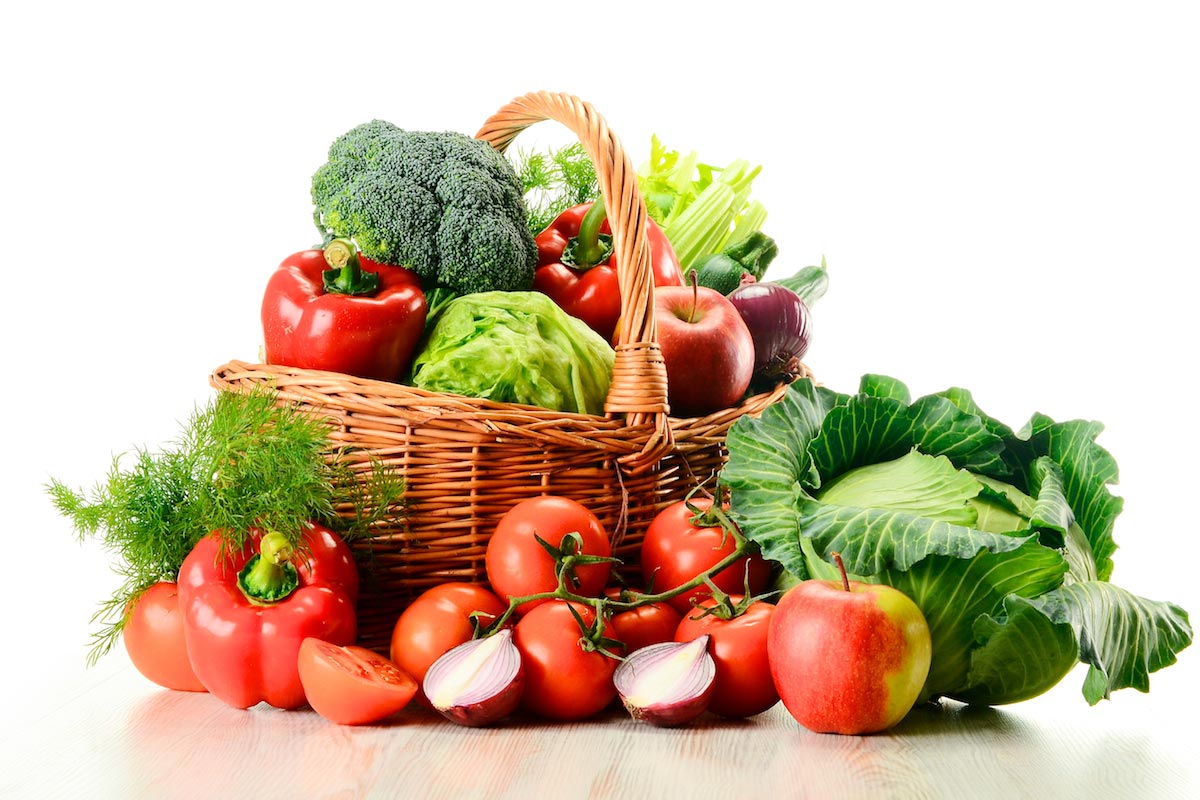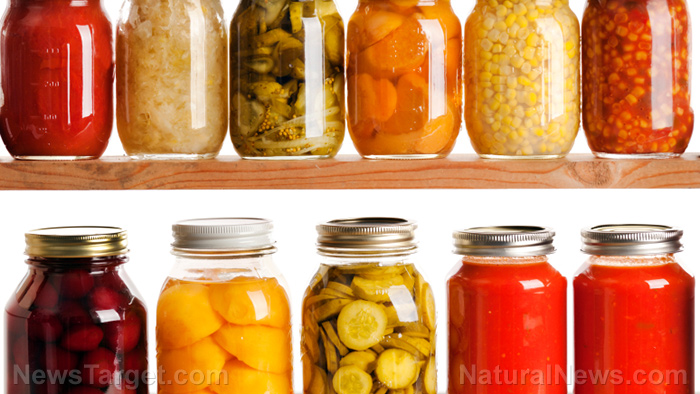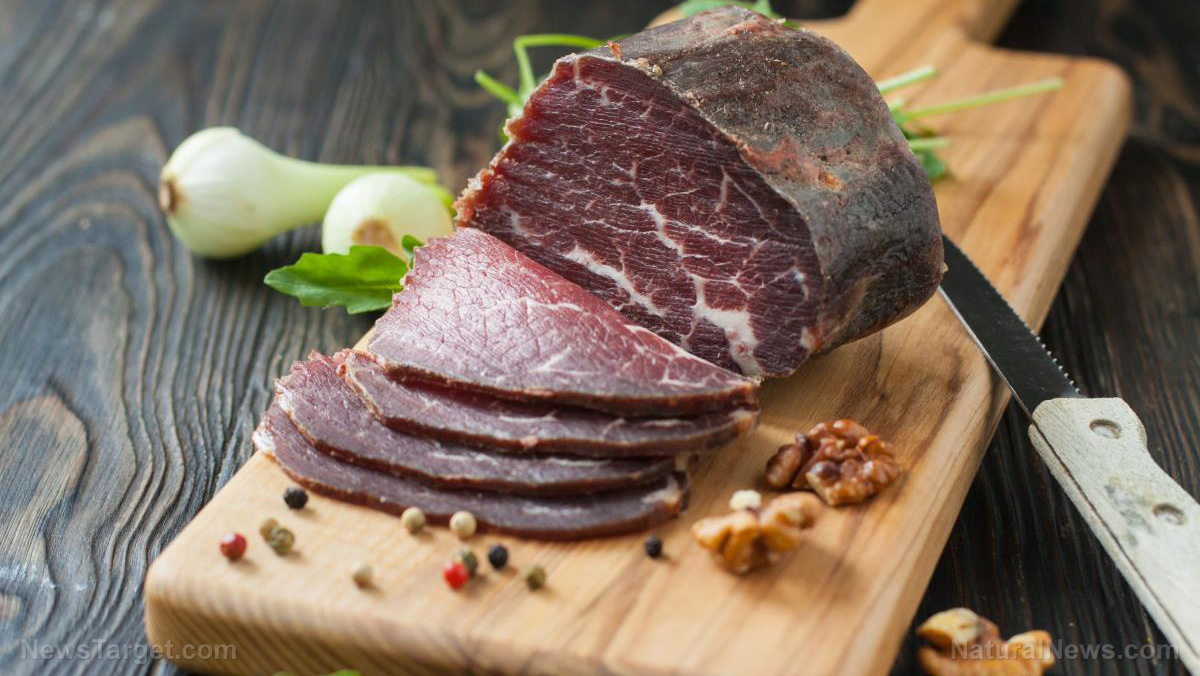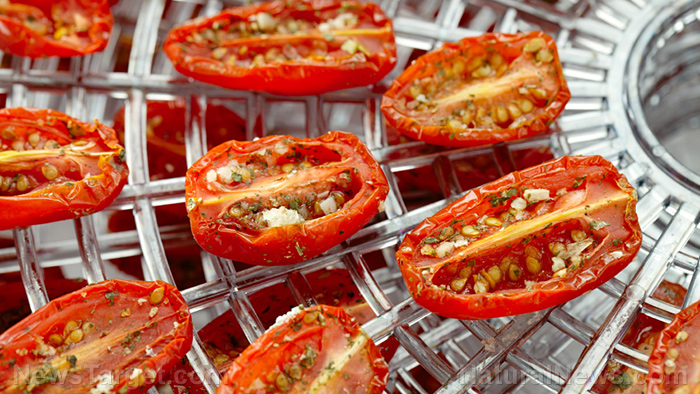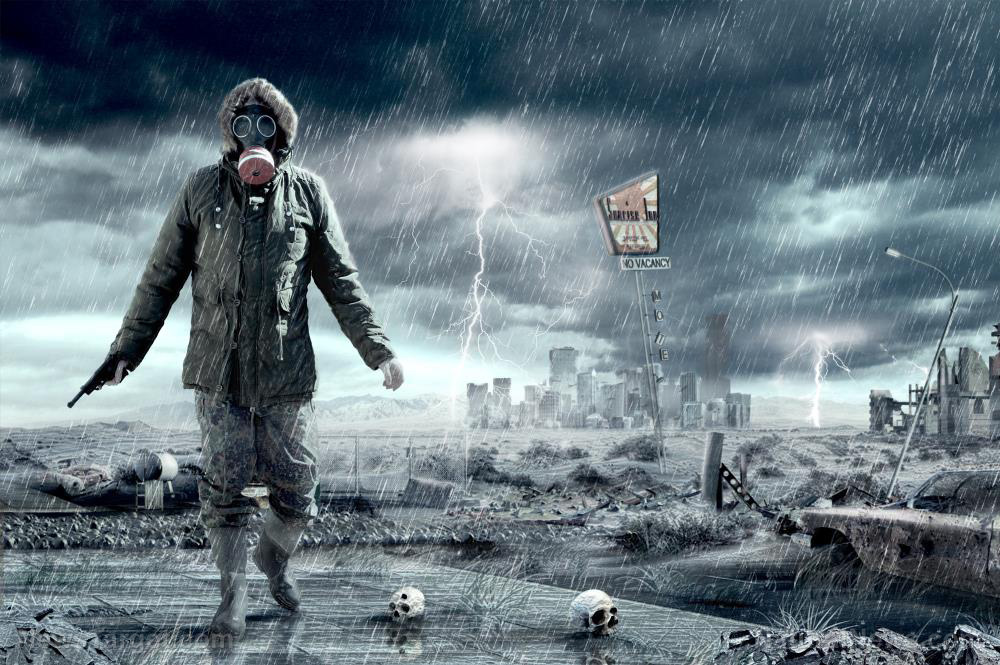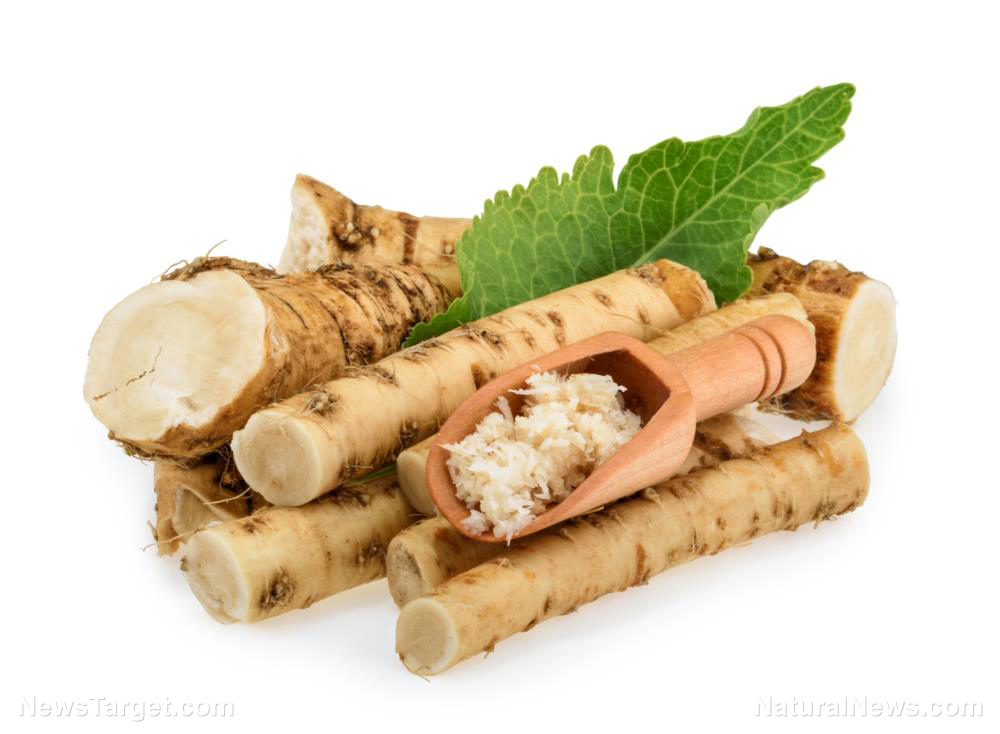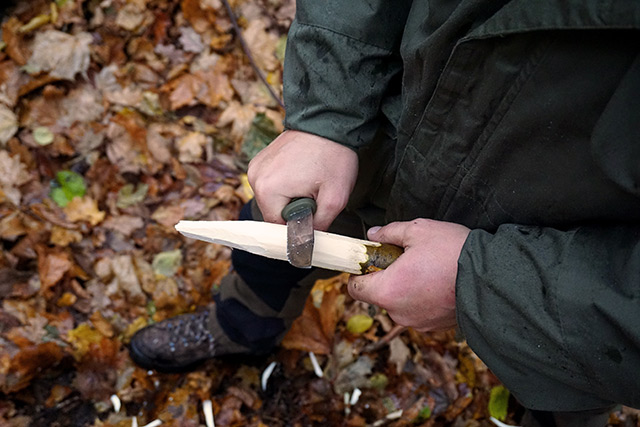Adjusting to a diet fit for a post-collapse world
12/18/2018 / By Isabelle Z.
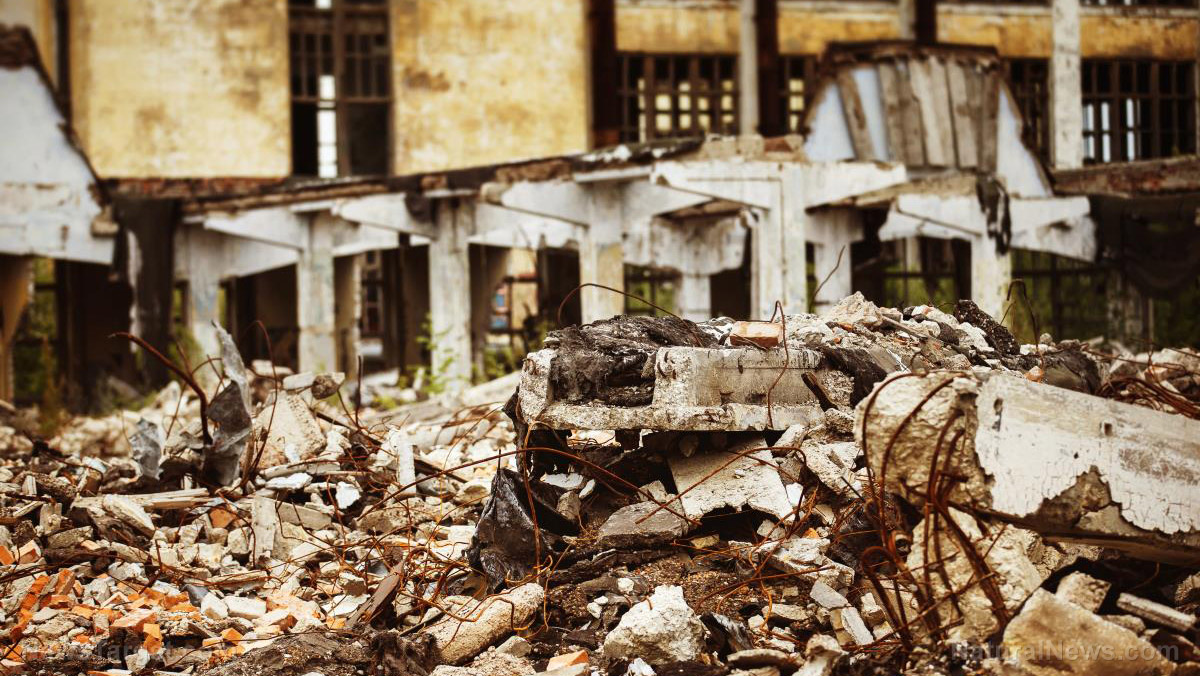
You might have amassed a nice stockpile to get you through a disaster and brushed up on your survival skills, but is your body ready to survive in a post-collapse world?
J.L. Augusta of SurvivalBlog.com believes that a ketogenic diet is a great choice for such a scenario. However, with 75 to 80 percent of your caloric needs coming from fat sources with this way of eating, it can be a big change to foist on the body all of a sudden. That’s why it can be a good idea to go ahead and start transitioning now so you won’t be taxing your body with such a big change right when you need to be on your toes the most.
In fact, the keto diet is quite popular at the moment, so you may already be familiar with what happens when you transition to this way of eating. Most people’s diets are very high in carbohydrates, so it’s a big adjustment. Transitioning from a glucose energy source to ketones can be uncomfortable and is marked by flu-like symptoms that can last as long as 10 days. By becoming fat-adapted now, you can avoid this period of vulnerability when you’re in the midst of a crisis.
Even if a collapse doesn’t occur any time soon, there are plenty of other health benefits to be gained by moving to a ketogenic diet, including more stable insulin levels. This means you won’t experience energy crashes like those you see from insulin spikes.
Why is the ketogenic diet considered such a good approach for a collapse situation? First of all, it can eliminate the need for huge areas of land to grow and harvest food over long periods. Instead, the focus would be on food sources like livestock. Chickens and sheep don’t require the same amount of land as rice, wheat or corn. Hunting and trapping could also be an option.
Of course, you would still need a garden for vegetables and possibly feed for livestock, but it would be much easier to replenish the nutrients on a smaller amount of land.
Is your body ready?
In order to prepare for a ketogenic diet, you need to familiarize yourself with the foods that are appropriate for this way of eating. Pasta, bread, and sweets are known for being full of carbs, but don’t forget that beans, fruit and many vegetables are also full of carbohydrates. Experts recommend that you start by restricting your carbohydrates to 20 to 30 grams per day. Go ahead and toss all those high-carb snacks in your pantry like cookies and chips – those foods are bad for you even in the best of times.
This diet features meat and pure fats like olive oil, so start focusing on foods like avocado, nuts, seeds, fish, cheese, and chicken. You don’t have to eat like a collapse has already occurred – there’s no need to avoid keto-friendly foods now that will be difficult to obtain in that situation – but you can start making your food choices with this in mind. Start slowly pushing carbohydrates out and fitting more fat into your diet. Even if you’re not ready to get fully onboard, you can start making small adjustments now. For example, eat a burger in lettuce leaves rather than a bun and learn to embrace non-starchy vegetables in place of traditional carb-laden sides.
It’s easy to get caught up in the hype of running out and buying everything on collapse supply checklists, but nothing you stock up on will be of much use if your body isn’t ready to function efficiently in a post-collapse world. Now is the time to work on getting in shape – or maintaining your fitness – and ensuring your body will be able to transition smoothly into a different way of eating when life as we know it comes to a halt.
Sources for this article include:
Tagged Under: Collapse, keto diet, ketogenic diet, Off Grid living, prepping, SHTF, slender, survival

